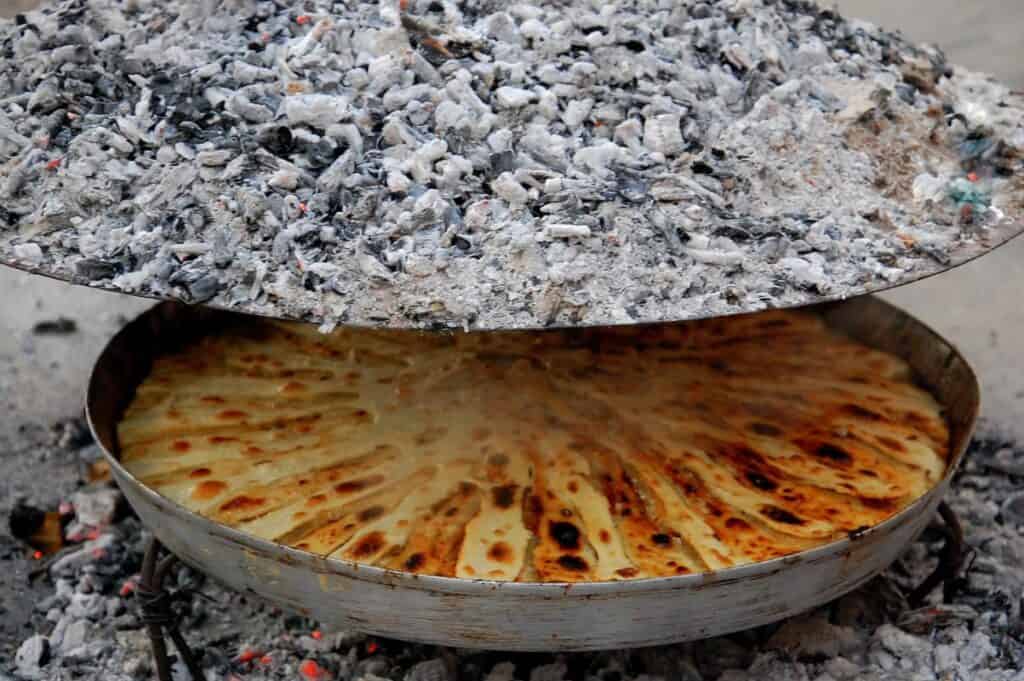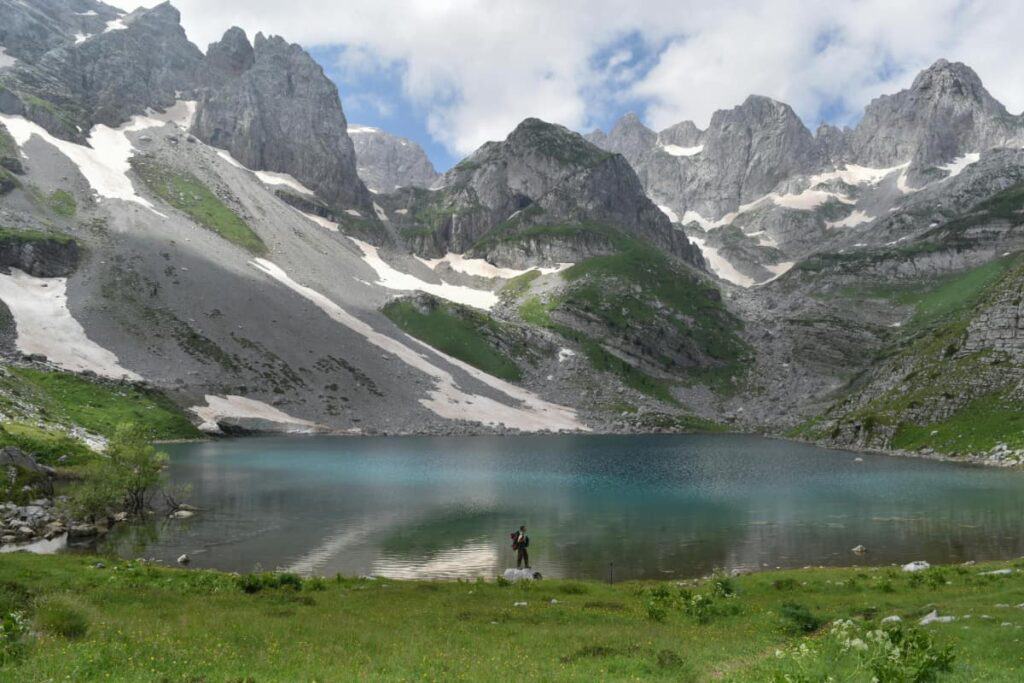Albania’s communist era (1944–1991) left an indelible mark on the country, and today, visitors have the opportunity to explore sites that reveal this complex and fascinating chapter of its history. These landmarks provide a glimpse into life under one of the most isolated regimes in the world. If you’re curious about Albania’s communist past, here are some must-visit sites to add to your itinerary.
1. Bunk’Art 1 and Bunk’Art 2 (Tirana)
Albania is famous for its thousands of concrete bunkers, built under Enver Hoxha’s rule as part of a defensive strategy. Two of these bunkers have been transformed into museums in Tirana:
- Bunk’Art 1: Located on the outskirts of Tirana, this massive underground bunker served as a shelter for the country’s political elite. It has been converted into an interactive museum detailing Albania’s communist history and showcasing contemporary art.
- Bunk’Art 2: Situated in the city center, this museum focuses on the Ministry of Internal Affairs during the communist period, shedding light on the secret police and political persecution.
2. House of Leaves (Tirana)
Known as the Museum of Secret Surveillance, the House of Leaves is one of the most haunting reminders of the communist era. This building was used by the secret police to monitor and control citizens through an extensive surveillance network. Visitors can learn about the methods used to suppress dissent and maintain the regime’s grip on power.
3. Spac Prison
Spac Prison, located in a remote mountainous area, was a forced labor camp where political prisoners were sent during the communist era. Though now in ruins, the site stands as a somber reminder of the brutal treatment of those who opposed the regime. It’s a powerful place to reflect on the sacrifices made for freedom.
4. Enver Hoxha’s Pyramid (Tirana)
Built in 1988 as a museum dedicated to Enver Hoxha, this controversial structure is now a stark symbol of the regime’s collapse. Once a grandiose monument, it has fallen into disrepair, though plans are underway to restore it. It remains a popular spot for urban exploration and photography.
5. The Concrete Bunkers
Scattered across Albania, these iconic bunkers are a lasting symbol of the regime’s paranoia. While most are abandoned, some have been repurposed into cafes, art installations, or museums. Exploring these bunkers offers insight into the mindset of a government obsessed with self-defense and isolation.
6. The Martyrs’ Cemetery (Tirana)
This monumental cemetery honors those who died during World War II and the communist era. It’s also home to the towering Mother Albania statue, symbolizing the country’s strength and resilience. The site offers a panoramic view of Tirana, making it a poignant and scenic stop for visitors.
7. The Museum of Communism (Shkodër)
This small museum in Shkodër offers a deep dive into life under communism. It includes exhibits on political persecution, religious suppression, and the hardships faced by ordinary Albanians. The museum is housed in a former church, emphasizing the regime’s crackdown on religion.
Practical Tips for Visitors
- Respect the History: Many of these sites have deep emotional significance for locals. Approach your visit with sensitivity and respect.
- Guided Tours: Consider hiring a guide to provide context and stories that bring these sites to life.
- Combine with Modern Albania: Balance your trip by exploring Albania’s vibrant culture, stunning landscapes, and welcoming hospitality.


